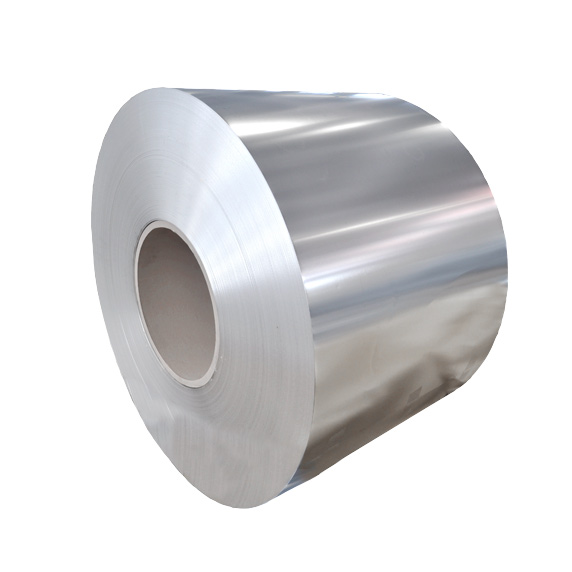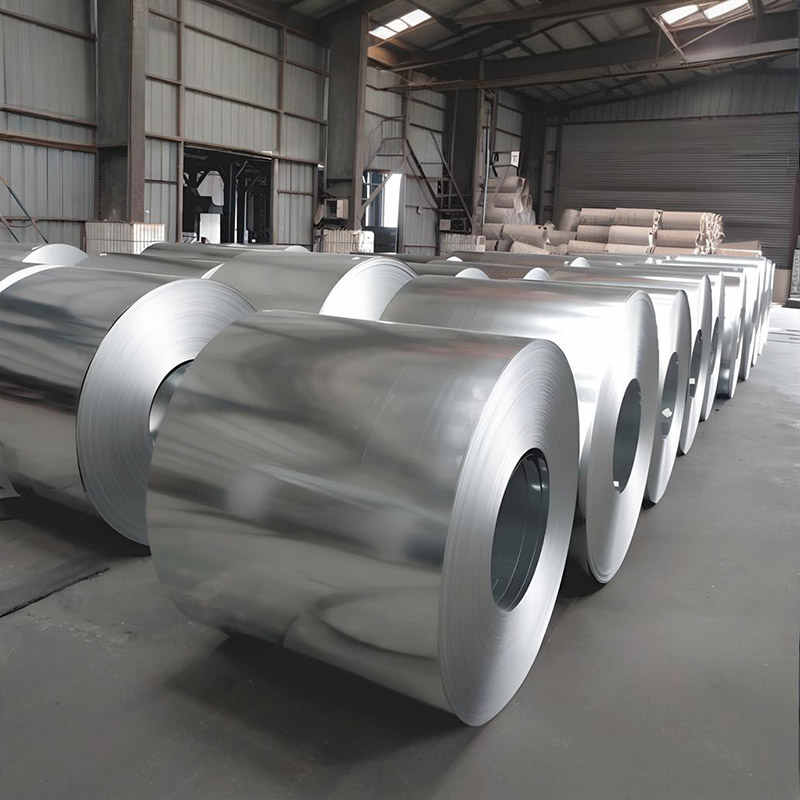What exactly is tinplate and why should buyers understand its specifications and grades? Tinplate, essentially thin steel sheets coated with a layer of tin, has been a cornerstone of packaging and manufacturing industries for over two centuries. Its unique combination of strength, corrosion resistance, and formability makes it indispensable for food packaging, aerosol cans, and various industrial applications.
How do you distinguish between different tinplate grades? The primary classification system is based on temper designation, which indicates the material’s hardness and formability. Temper ranges from T1 (softest) to T5 (hardest), with each grade suited for specific applications. For instance, T1 temper is ideal for deep-drawing processes, while T5 offers superior strength for structural components.
What about coating weight specifications? The amount of tin coating, measured in grams per square meter (g/m²), significantly impacts the product’s performance and cost. Common coating weights include 5.6/2.8, 11.2/2.8, and 11.2/5.6 g/m², with higher weights providing enhanced corrosion resistance but at increased cost. Buyers must balance performance requirements with budget constraints when selecting appropriate coating weights.
How do surface finishes affect tinplate selection? Surface quality is designated as D (diamond), S (stone), or B (bright), each offering different visual and printing characteristics. Diamond finish provides the best printing surface, making it preferred for decorative applications, while bright finish offers superior lacquer adhesion for protective coatings.
What quality standards should buyers look for? International standards such as ISO 11949, JIS G3303, and ASTM B699 provide guidelines for tinplate production. Reputable suppliers should be able to provide certification confirming compliance with these standards, ensuring consistent quality and performance.
In my experience sourcing tinplate for packaging production, I’ve learned that understanding these specifications is crucial. One project required us to switch from a temper T3 to T4 grade to prevent cracking during forming, demonstrating how seemingly small specification changes can significantly impact manufacturing outcomes.
When selecting suppliers, consider their technical support capabilities, quality control processes, and flexibility in meeting custom requirements. The most cost-effective solution isn’t always the cheapest option but the one that optimizes performance and reduces waste in your specific application.
As sustainability concerns grow, buyers should also explore suppliers offering recycled content and environmentally friendly coating processes. The future of tinplate lies in balancing performance requirements with environmental responsibility, making this an exciting time for innovation in this established material category.



